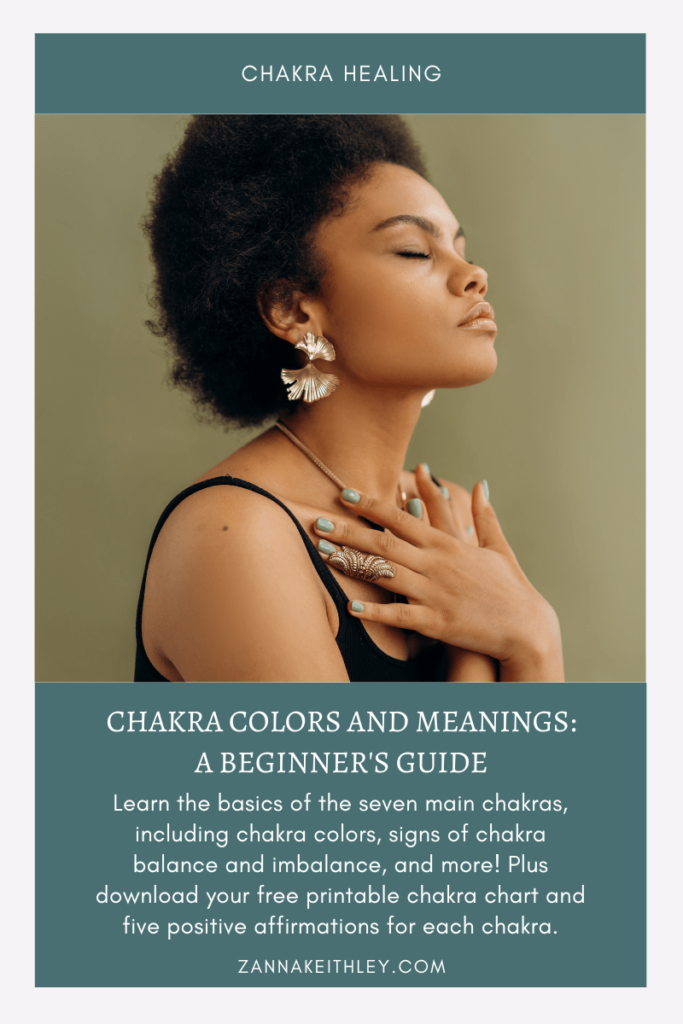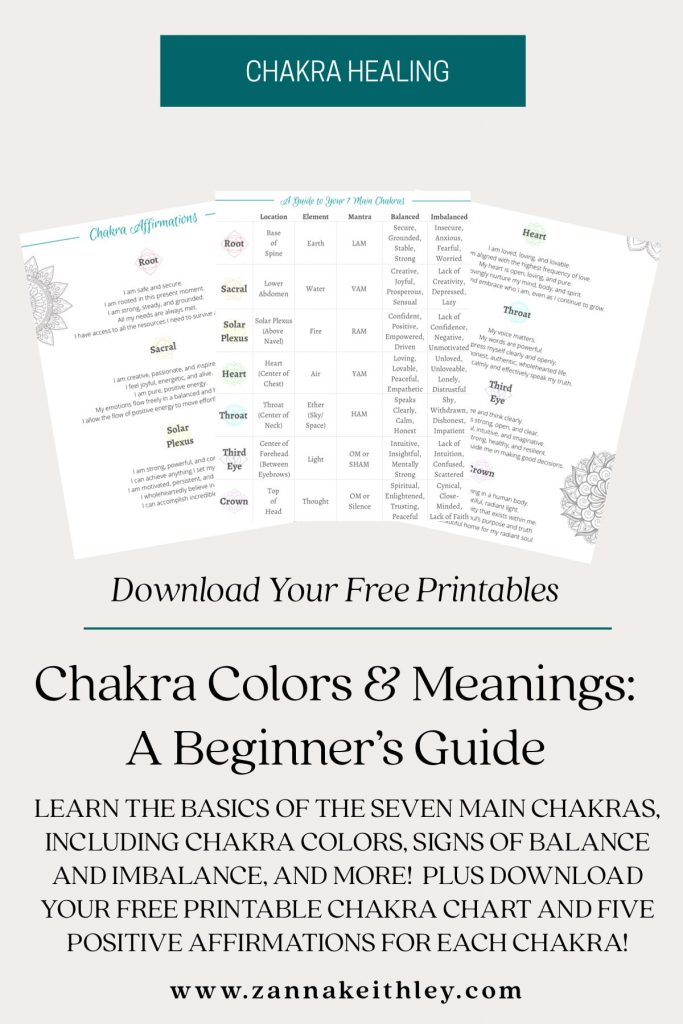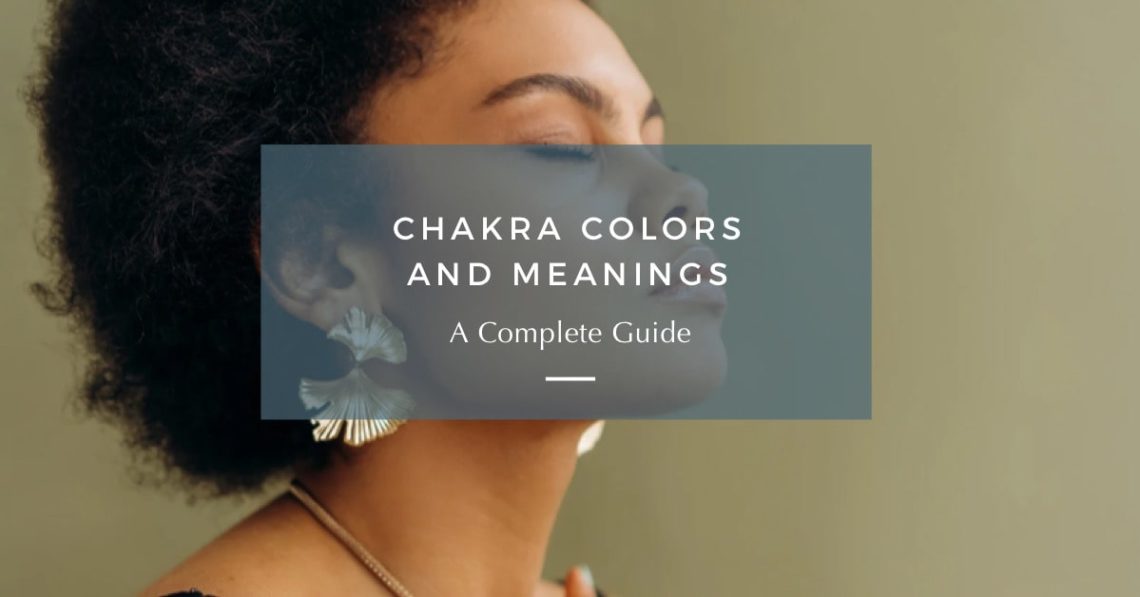-
Chakra Colors and Meanings + Free Printables
In this post, learn the basics of the seven main chakras, including chakra colors, signs of chakra balance and imbalance, and more. Plus download your free printable chakra chart and five positive affirmations for each chakra.

Pin this for later! Chakra Colors and Meanings: A Beginner’s Guide What is a Chakra?
Chakra is a Sanskrit word meaning “wheel” or “disk.” A commonly accepted definition for the word chakra is a wheel of energy in your body. You might also think of it like a vortex of energy within you.
What makes this sometimes confusing is that this vortex isn’t actually a physical thing like your bones or organs. You can’t see your chakras in an x-ray. Rather, you experience them through feelings, sensations, and your own intuition.
So what exactly does a chakra do?
Ideally, your life force, or prana, is flowing to and through your chakras at all times (through energy channels called nadis), which allows you to live in alignment with your highest self.
Energy is meant to flow, and when your chakras are open, your life force energy can flow freely in and out of each of your energy centers. (You might hear the words chakras and energy centers used interchangeably.)
But what happens when a chakra becomes blocked? When one of your chakras becomes blocked, your life force energy stagnates. This results in mental, physical, emotional, and/or spiritual blockages.
For instance, grief and betrayal are both experiences that may result in blockages in the heart chakra. As a result, you may experience feelings of loneliness, depression, distrust, and anger.
In this post, we’re going to focus on the seven main chakras, but there are actually 114 chakras throughout your body, and some people believe there to be more. Keep in mind that while each chakra has its own role and individual attributes, they act as one whole system. When one chakra is blocked or overactive, this affects the energy throughout your entire chakra system.
Below, I’ll explain a little more about the chakra colors and offer a rundown on the attributes and meanings of each of your seven main chakras.
And if you’re interested in exploring more about chakras and want to begin your own powerful journey of chakra healing, you can check out my Chakra Healing Bundle, which contains a Chakra Healing eBook, Chakra Healing Workbook, and 8-Week Chakra Healing Guide. These healing resources are designed to help you begin a profound journey into aligning with your highest self, healing your soul, and cultivating unconditional self-love.
History of Chakra Colors
Each of the seven main chakras has a corresponding color connected to it. Here’s the list:
- Root Chakra: Red
- Sacral Chakra: Orange
- Solar Plexus Chakra: Yellow
- Heart Chakra: Green
- Throat Chakra: Light Blue
- Third Eye Chakra: Indigo (Also associated with blue and purple.)
- Crown Chakra: Purple (Also associated with white and gold.)
While these are the commonly accepted colors for the chakras, this is actually a fairly recent development in the history of chakras. In fact, most ancient traditions never associated chakras with colors. Instead, they were more likely to associate a chakra with a specific mantra or shape.
So where did the idea of the chakra colors come from? In 1970, author Christopher Hills first wrote about the chakra colors in his book, Nuclear Evolution: Discovery of the Rainbow Body. Since this original publishing, the chakra colors I listed above have become widely accepted throughout the western world.
So does this mean the chakra colors are a lie?
Here’s my answer: No, but it’s up to you to determine whether the chakra colors resonate with you.
I know people who personally resonate with the chakra colors and who have used color therapy as a form of healing their chakras. Color therapy is the practice of surrounding yourself with the color of the chakra you want to open, activate, and/or heal. For instance, if you want to connect with your heart chakra, you might wear a green shirt, write in green pen, eat green vegetables, drink a green smoothie, and place green items around your work station.
Additionally, many energy healers sense and can often see certain colors within and surrounding other people; these colors often correlate directly with the designated chakra colors.
But if you personally don’t resonate with the chakra colors? That’s okay. Maybe you’ve tried some chakra meditations that instruct you to connect with each chakra by perceiving it as a brightly colored orb in its designated color, but you don’t feel like this does anything for you.
Like I said, that’s completely okay. You might choose instead to view it as a swirling vortex, a colorless ball of energy, or a bright white or golden light.
You can also choose to focus less on the color and more on a different aspect of the chakra, such as its associated mantra. I’ve listed the mantras for each chakra in the next section.
Whether or not you associate with the chakra colors, know that there’s no right or wrong path as long as you’re willing to do the deep inner work to connect with and heal your chakras.
- You Might Also Like: Essential Oils for Chakra Healing: A Complete Guide
The 7 Main Chakras & Their Meanings
Root Chakra
- Sanskrit Name: Muladhara (Mula: “root”; Adhara: “support” or “base”)
- Location: Base of spine
- Color: Red
- Body Parts: Legs, Colon, Kidneys, Prostate, Bladder, Tailbone
- Symbol: Four-petaled lotus with a square in the middle
- Element: Earth
- Mantra: LAM
- Affirmation: I am
- Balanced Attributes: Secure, Grounded, Strong, Centered, Stable, Steady, Safe, Peaceful, Supported, All Basic Needs Are Met
- Imbalanced Attributes: Insecure, Anxious, Depressed, Scattered, Disconnected, Restless, Fearful, Cynical, Neglected, Worried
- Fundamental Need: Survival
Sacral Chakra
- Sanskrit Name: Svadhishthana (Sva = “self”; shthana = “place”)
- Location: Lower abdomen (below your navel)
- Color: Orange
- Body Parts: Womb, Bladder, Lower Back, Reproductive Organs
- Symbol: Six-petaled lotus with a moon crescent in the center
- Element: Water
- Mantra: VAM
- Affirmation: I feel
- Balanced Attributes: Creative, Joyful, Playful, Prosperous, Stable, Sexual, Sensual, Passionate, Open, Energetic, Honest, Forgiving
- Imbalanced Attributes: Lack of Creativity, Unstable, Insecure, Anxious, Scattered, Lazy, Fearful, Disconnected, Depressed, Unmotivated, Negative, Lack of Sensuality
- Fundamental Need: Emotional flow, desire, sexuality
Solar Plexus Chakra
- Sanskrit Name: Manipura (“City of Jewels”; sometimes translated as “Lustrous Gem”)
- Location: A couple inches above the navel/Below the chest
- Color: Yellow
- Body Parts: Pancreas, Stomach, Liver, Gall Bladder
- Symbol: Ten-petaled lotus with downward facing triangle in the center
- Element: Fire
- Mantra: RAM
- Affirmation: I do
- Balanced Attributes: Confident, Positive, Joyful, Empowered, Driven, Motivated, Collaborative, High Self-Esteem
- Imbalanced Attributes: Lack of Confidence, Negative, Fearful, Low Energy, Indifferent, Unmotivated, Competitive, Low Self-Esteem
- Fundamental Need: Self-worth
Heart Chakra
- Sanskrit Name: Anahata (“Unstruck”)
- Location: Heart/Center of chest
- Color: Green
- Body Parts: Heart, Lungs, Shoulders, Arms, Ribs, Breasts, Diaphragm
- Symbol: Twelve-petaled lotus with two intersecting triangles in the center
- Element: Air
- Mantra: YAM
- Affirmation: I love
- Balanced Attributes: Loving, Loveable, Peaceful, Compassionate, Empathetic, Trustful, Open-Hearted, Serene, Understanding, Kind
- Imbalanced Attributes: Unloved, Unlovable, Lonely, Depressed, Indifferent, Judgmental, Distrustful, Self-Isolates, Spiteful, Selfish
- Fundamental Need: Love
Throat Chakra
- Sanskrit Name: Vishuddha (“Especially pure” or “Purest”)
- Location: Throat/Center of Neck
- Color: Light Blue
- Body Parts: Throat, Thyroid, Teeth, Mouth, Jaw, Neck
- Symbol: Sixteen-petaled lotus with a downward facing triangle inside a circle
- Element: Ether (Sky/Space)
- Mantra: HAM
- Affirmation: I speak
- Balanced Attributes: Communicative, Calm, Honest, Peaceful, Decisive, Expressive, Patient, Authentic, Centered, Good Listener
- Imbalanced Attributes: Excessively Shy, Withdrawn, Dishonest, Loud, Indecisive, Inexpressive, Impatient, Disingenous, Moody, Insincere
- Fundamental Need: Expression
Third Eye Chakra
- Sanskrit Name: Ajna (“Beyond wisdom.” Can also be translated as “Perceive” or “Command.”)
- Location: Center of Forehead/Between Eyebrows
- Color: Indigo (Also associated with purple.)
- Body Parts: Brain, Eyes, Nervous System, Forehead
- Symbol: Two-petaled lotus with inverted triangle in the center
- Element: Light
- Mantra: OM or SHAM
- Affirmation: I see
- Balanced Attributes: Intuitive, Imaginative, Insightful, Perceptive, Open-Minded, Sense of Clarity, Mentally Strong, Trusting
- Imbalanced Attributes: Lack of Intuition, Confused, Unimaginative, Fearful, Unable to Focus, Close-Minded, Scattered, Distrusting
- Fundamental Need: Insight and intuition
Crown Chakra
- Sanskrit Name: Sahasrara (“Thousand-petaled”)
- Location: Top of Head
- Color: Violet (White is often associated with this chakra as well.)
- Body Parts: Skull, Cerebral Cortex, Right Eye
- Symbol: Thousand-petaled lotus with a divine circle in the center
- Element: Thought/Consciousness
- Mantra: OM (or silence)
- Affirmation: I understand
- Balanced Attributes: Spiritual, Enlightened, Trusting, Peaceful, Creative, Focused, Blissful, Present, Connected to Higher Power
- Imbalanced Attributes: Cynical, Close-Minded, Lack of Faith, Frustrated with Life, Forgetful, Unfocused, Lonely, Scattered, Disconnected
- Fundamental Need: Connection to the divine
Download your free printable chart and affirmations for each chakra here!
Want to learn more about chakras? Check out all my articles on chakras here. And if you want to connect to each of your energy centers and experiences profound chakra healing, be sure to purchase your Chakra Healing Bundle today.
For more on chakra healing, plus positive affirmations, manifestation tools, and more, be sure to follow me on Pinterest. And for a daily dose of self-love and empowering beliefs, connect with me on Instagram.
More Articles For You
- 8 Best Chakra Books For Profound Energy Healing
- 7 Chakra Healing Crystals To Restore Inner Harmony
- Chakra Affirmations: 70 Affirmations For Your 7 Main Chakras
- Chakra Healing Foods: A Complete Guide (w/ Chart)

Pin this for later! Chakra Colors and Meanings: A Beginner’s Guide 
Zanna Keithley is an author, poet, and social media content creator who writes short prose dedicated to inspiring readers to follow their dreams, trust their intuition, and create beautiful and fulfilling lives. You can find her original writing on Instagram @zannakeithley.





